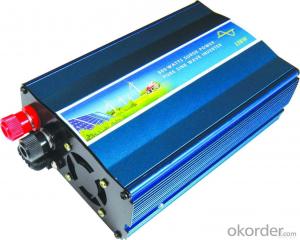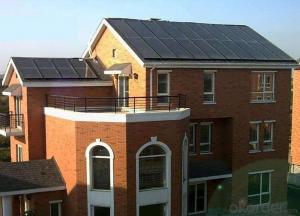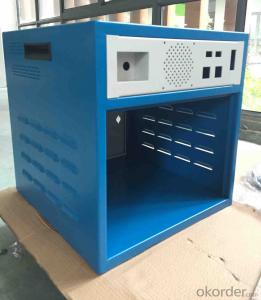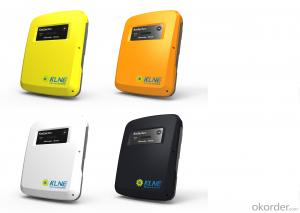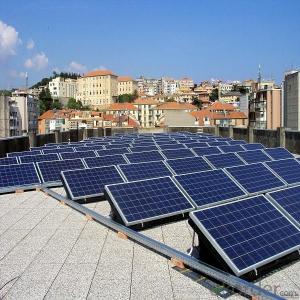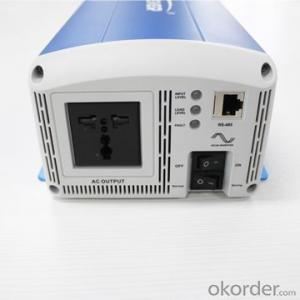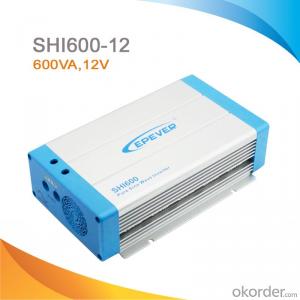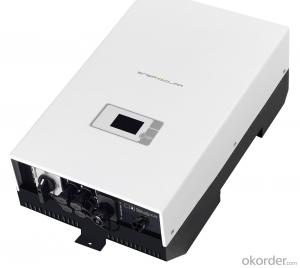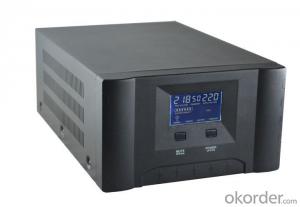20kw Off Grid Solar Inverter
20kw Off Grid Solar Inverter Related Searches
20kw Solar Inverter 20 Kw Solar Inverter 20kva Solar Inverter 20kw Hybrid Solar Inverter 20 Kw Hybrid Solar Inverter 50kw Off Grid Solar Inverter 2kw Off Grid Solar Inverter Off Grid Solar Power Inverter Off Grid Inverter Solar 10kw Off Grid Solar Inverter 15kw Off Grid Solar Inverter Solar Off Grid Inverter Inverter Solar Off Grid 20kw Solar Inverter Price Off Grid Hybrid Solar Inverter 20 Kw Solar Inverter Price 15 Kw Off Grid Solar Inverter 1kw Off Grid Solar Inverter Solar Power Inverter Off Grid Inverter For Off Grid Solar Off Grid Solar Hybrid Inverter Off Grid Solar System Inverter 2kva Off Grid Solar Inverter Solar Inverter Off Grid 5kw Off Grid Solar Inverter 20kva Solar Inverter Price On Off Grid Solar Inverter 6kw Off Grid Solar Inverter Off Grid Solar Inverter 10kw Off Grid Solar Inverter System20kw Off Grid Solar Inverter Supplier & Manufacturer from China
The 20kw Off Grid Solar Inverter is a high-performance solar power conversion device designed to optimize the energy output from photovoltaic panels and convert it into usable electricity for various applications. This inverter is engineered to handle the demands of off-grid systems, ensuring a reliable and efficient power supply for residential, commercial, and industrial settings. It is equipped with advanced features such as maximum power point tracking (MPPT),孤岛效应保护, and a user-friendly interface that simplifies the management and monitoring of the solar energy system.The 20kw Off Grid Solar Inverter finds its application in a wide range of scenarios where grid connectivity is either unavailable or unreliable. It is particularly useful in remote areas, off-grid homes, and commercial establishments that require a stable power supply independent of the main electricity grid. This inverter is also ideal for backup power systems, ensuring that critical loads continue to operate during grid outages or power disruptions. By harnessing the power of the sun, the 20kw Off Grid Solar Inverter contributes to a sustainable and eco-friendly energy solution, reducing reliance on fossil fuels and lowering carbon footprints.
Okorder.com is a reputable wholesale supplier of the 20kw Off Grid Solar Inverter, offering a vast inventory of this product to cater to the needs of various customers. With a commitment to quality and customer satisfaction, Okorder.com ensures that each 20kw Off Grid Solar Inverter is manufactured to the highest standards and is backed by comprehensive warranties and after-sales support. By partnering with Okorder.com, customers can avail themselves of competitive prices, timely delivery, and exceptional service, making the transition to off-grid solar power more accessible and cost-effective.
Hot Products















